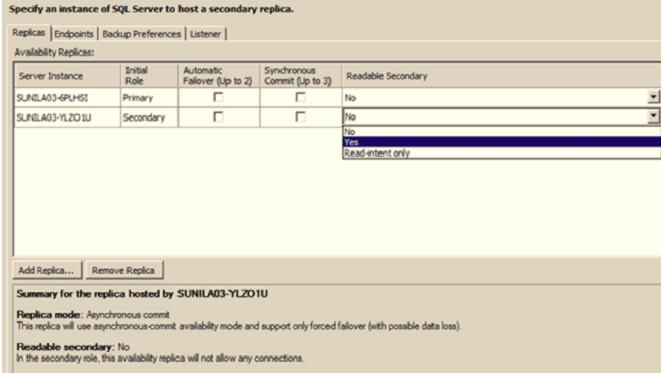Download Microsoft.70-765.Pass4Sure.2019-01-31.108q.tqb
| Vendor: | Microsoft |
| Exam Code: | 70-765 |
| Exam Name: | Provisioning SQL Databases |
| Date: | Jan 31, 2019 |
| File Size: | 3 MB |
Demo Questions
Question 1
A company has an on-premises Microsoft SQL Server 2014 environment. The company has a main office in Seattle, and remote offices in Amsterdam and Tokyo. You plan to deploy a Microsoft Azure SQL Database instance to support a new application. You expect to have 100 users from each office.
In the past, users at remote sites reported issues when they used applications hosted at the Seattle office.
You need to optimize performance for users running reports while minimizing costs.
What should you do?
- Implement an elastic pool.
- Implement a standard database with readable secondaries in Asia and Europe, and then migrate the application.
- Implement replication from an on-premises SQL Server database to the Azure SQL Database instance.
- Deploy a database from the Premium service tier.
Correct answer: B
Explanation:
References: https://docs.microsoft.com/en-us/azure/sql-database/sql-database-geo-replication-transact-sql#add-secondary-database References: https://docs.microsoft.com/en-us/azure/sql-database/sql-database-geo-replication-transact-sql#add-secondary-database
Question 2
You administer all the deployments of Microsoft SQL Server 2012 in your company. You have two servers in the same data center that hosts your production database.
You need to ensure that the database remains available if a catastrophic server failure or a disk failure occurs.
You also need to maintain transactional consistency of the data across both servers.
You need to achieve these goals without manual intervention.
Which configuration should you use?
- Two servers configured in a Windows Failover Cluster in the same data center SQL Server configured as a clustered instance
- SQL Server that includes an application database configured to perform transactional replication
- Two servers configured in the same data centerA primary server configured to perform log-shipping every 10 minutes A backup server configured as a warm standby
- Two servers configured in different data centersSQL Server Availability Group configured in Synchronous-Commit Availability Mode One server configured as an Active Secondary
- Two servers configured in the same data centerSQL Server Availability Group configured in Asynchronous-Commit Availability Mode One server configured as an Active Secondary
- Two servers configured in different data centersSQL Server Availability Group configured in Asynchronous-Commit Availability Mode
- SQL Server that includes an application database configured to perform snapshot replication
- Two servers configured on the same subnetSQL Server Availability Group configured in Synchronous-Commit Availability Mode
Correct answer: H
Explanation:
Always On availability groups supports two availability modes—asynchronous-commit mode and synchronous-commit mode Synchronous-commit mode emphasizes high availability over performance, at the cost of increased transaction latency. References: https://docs.microsoft.com/en-us/sql/database-engine/availability-groups/windows/availability-modes-always-on-availability-groups#SyncCommitAvMode Always On availability groups supports two availability modes—asynchronous-commit mode and synchronous-commit mode
Synchronous-commit mode emphasizes high availability over performance, at the cost of increased transaction latency.
References: https://docs.microsoft.com/en-us/sql/database-engine/availability-groups/windows/availability-modes-always-on-availability-groups#SyncCommitAvMode
Question 3
You create an availability group that has replicas named HA/Server01 and HA/Server02.
Currently, HA/Server01 is the primary replica.
You have multiple queries that read data and produce reports from the database.
You need to offload the reporting workload to the secondary replica when HA/Server01 is the primary replica.
What should you do?
- Set the Availability Mode property of HA/Server02 to Asynchronous commit.
- Set the Readable Secondary property of HA/Server02 to Read-intent only.
- Set the Connections in Primary Role property of HA/Server01 to Allow read/write connections.
- Set the Availability Mode property of HA/Server01 to Asynchronous commit.
Correct answer: B
Explanation:
To set up a readable secondary replica, you first create an availability group. Then you add replicas. You can choose either Yes or Read-intent only options. References: http://msdn.microsoft.com/en-us/library/jj542414.aspx To set up a readable secondary replica, you first create an availability group. Then you add replicas.
You can choose either Yes or Read-intent only options.

References: http://msdn.microsoft.com/en-us/library/jj542414.aspx






